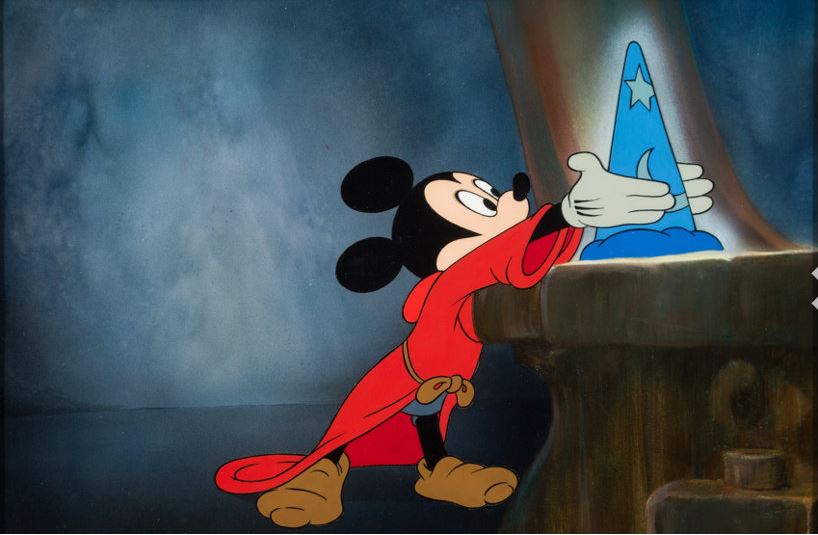Don’t become a fossil. Evolve your business through culture.

Crocodiles have been called “living fossils.” That is, the species has remained unaltered for vast periods of geologic time. They’ve become so perfectly adapted to their ecological niche that millions of years of environmental change haven’t changed them, yet they remain apex predators. They are the masters of their domain.
Here’s the thing, though: Living fossils don’t exist. Evolutionary pressures are always being exerted on a species, and even crocs have had to change up their game to stay atop the food chain. At various points in the crocodilian lineage, for example, some of these creatures walked on two feet while others enjoyed leafy greens as part of a flexitarian diet.
The analogy is likely obvious by now. Living fossils don’t exist in the business world either. Businesses either adapt or they perish. Another similarity with natural history: The market’s unchanging dead vastly outnumber its success stories.
Brent Gleeson, business consultant and former Navy SEAL, urges leaders to look toward their organization’s evolution. In the 21st century, organizations will not only need to evolve faster but with fewer resources and fierce competition. In his expert class, Gleeson teaches business leaders how to use culture to drive those necessary transformations. Watch a preview of Lesson 1 here:
Culture is the chief enabler of change.
- The 21st-century business landscape is volatile and changing fast. Businesses feel pressure to grow faster with fewer resources. Leaders feel pressure to prioritize top-line revenue and sales—at the expense of prioritizing culture.
- Resist the urge to “run to your death”: Slow down. Assess risk. Use speed and aggression when necessary. Prepare your people for the change fight ahead: Organizational transformation begins with culture.
- Transformational leaders must define and articulate culture, manage culture, align culture with their strategic vision, and leverage culture during times of transformation.
Culture is the knowledge, characteristics, and social norms expressed by people—from Main Street to multinational corporations, associations to entire nations. Because culture is a group dynamic, there’s a tendency to view it as beyond our control. We erroneously view its influence as being exerted one way, from the culture on high down to the people below. Further exacerbating the problem is scale. It’s difficult enough to change the entrenched culture of, say, a birding club. Never mind a business with a few hundred employees spread out across multiple offices.
This is why leaders, despite knowing the importance of culture and employee engagement, tend to focus on financial or other metric-focused transformations. If they set a goal of raising revenue by x percentage, they can easily measure that change to determine success or not. Telling employees to increase sales numbers makes it easier to tie the action to the outcome.
Such changes can be beneficial in the short term, but they won’t evolve the business to meet the challenges of the 21st century. As Gleeson teaches in his expert class, those transformations must be cardinal to the organization’s culture, its very identity. They include developing a team-first mindset and inspiring connection to a cause.
Employees are the key levers of change.
- According to McKinsey research, about 70% of change efforts fail or fall short of their objectives.
- Lack of engagement is a leading cause of transformation failure. For a transformation effort to succeed, you need the participation and engagement of as many people in the organization as possible.
- The actively disengaged need the most convincing: Continually communicate vision and progress to keep all employees on board.

Gleeson points out that employees can be placed on a spectrum of engagement (seen above). Most will be somewhat satisfied but generally disengaged. After that, you’ll have your actively engaged and actively disengaged. And on the edges, you’ll have your evangelists and naysayers. It’s a classic bell curve.
Saying employees are “the levers of change” may give the impression that leaders sport little transformational power. People will land on the engagement spectrum where they will, and that will be that. Not true, notes Gleeson. Leaders are the ones who activate the levers. More accurately, leaders foster and cultivate the culture that drives the emotional connections that lead to change.
Because culture can feel so much larger than any one of us, that can be a daunting ask of even the most resolute of leaders. That’s why Gleeson breaks his cultural-driven transformation plan into iterative steps. He teaches leaders to articulate a mission narrative, reinforce values through organizational design and action, and maintain the connection through ongoing conversations.
Don’t want to go the way of the dinosaurs? Want to learn how to connect your culture with a mission that inspires people? Start your culture-driven transformation with video lessons ‘For Business‘ from Big Think+. Brent Gleeson’s complete expert class, A Navy SEAL’s Guide to Winning the Fight for Change, includes seven lessons:
- The Fundamentals of Culture-Driven Transformation
- The Culture-Driven Transformation Model (Steps 1–3)
- The Culture-Driven Transformation Model (Steps 4–6)
- Foster a Team-First Mindset
- Three Channels for Building Team Trust
- Create a Culture of 100% Accountability
- Make Resiliency the Bedrock for Long-Term Growth
Request a demo today!




